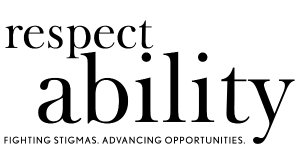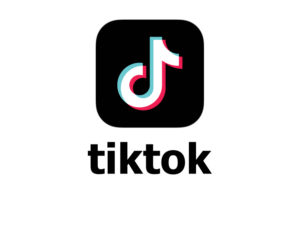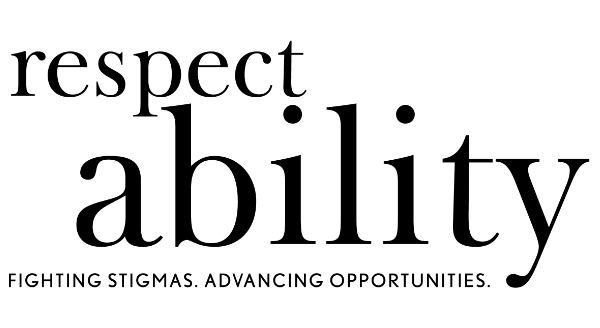In 2018, RespectAbility, a nonpartisan nonprofit organization dedicated to fighting stigmas and advancing opportunity for people with disabilities, fielded a national survey of people who work in the social sector. Using lists from the Chronicle of Philanthropy and the NonProfit Times, as well as our own extended network, we surveyed 969 respondents, primarily from nonprofits (76 percent) and foundations (18 percent), from 46 states, Washington, D.C., and other U.S. territories. We also spoke one-on-one to leaders in groups who advise and support philanthropy. Our goal was to begin a process of understanding and advancing how funders and nonprofits view and do or do not include people with disabilities. Here’s what we found:
2.1. Bias against people with disabilities prevents full inclusion.
Why is the social sector not leading here? According to our survey, it is bias. When asked to choose one of six possible explanations for why organizations come up short on disability inclusion, the most common response called out as the top reason by more than a third of respondents (36 percent) was “there is overt or unconscious bias about people with disabilities.”
Think about that: More so than the inherent complexity of the issue or potential legal risks, lack of training to make it successful, or any other unrelated but urgent concerns facing foundations and nonprofits – bias against people with disabilities was cited as the top reason why they are not better integrated into our organizations. By a large margin. Whether brazen or subtle, prejudice is a significant challenge for people with disabilities, including in the social sector.
Q 8: Many organizations do not fully include people with disabilities. What do you think is the top reason why the inclusion of people with disabilities has not happened yet in so many organizations?
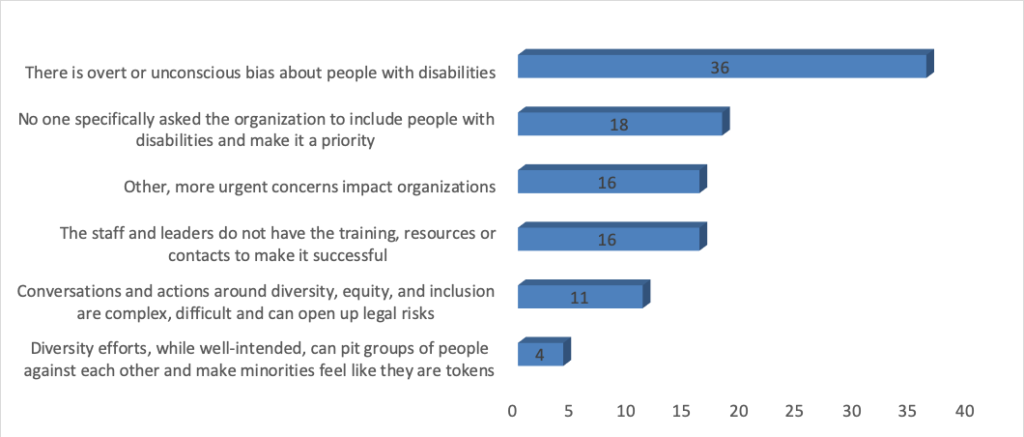
Open-Ended Survey Responses:
“I see an unconscious attitude that a person with a disability is a goodwill project, not a peer or a colleague. … There are basic underlying attitudes that need to evolve.”
“The first thing [we need to do] is improve dialogue and conversations about people with disabilities. People tiptoe because it feels like a taboo subject and they don’t want to acknowledge their unconscious bias.”
“Philanthropy and the foundation community need to shift to be a more welcoming place. Philanthropy is so focused on hiring ‘the best and brightest’ and that explicitly is presenting a disability bias.”
“Stigma still continues to be a big threat. [We need] communication and trainings in all areas, from our community to our higher ups and people who make decisions.”
“[We need to] openly address implicit bias and create strategic goals with clear metrics for engaging individuals with disabilities.”
2.2. Even when DEI is a priority, disability is not.
Among this group of social sector respondents, nearly three-quarters (72 percent) say the leadership of their organization has made a public commitment to diversity, equity, and inclusion (DEI). However, disability lags far behind race, gender, and sexual orientation as a category specifically named in such pledges.
Of those whose organizations have made a DEI declaration, better than nine-in-ten (93 percent) call out race as a priority and nearly as many designate gender (87 percent). Almost three-quarters (73 percent) specifically cite sexual orientation/gender identity as a focus of DEI efforts. Just two-thirds (68 percent) say the same about disability.
Q 4: Has the leadership of your organization made a specific commitment to diversity, equity, and inclusion that has been made public to management, staff, stakeholders, and the public? If yes, check all the diversity areas you specifically named:

Open-Ended Survey Responses:
“While inclusion and diversity are core organizational values, this has been primarily framed in terms of race, gender, ethnicity, LGBTQ identity, and immigration status.”
“Unfortunately the many conversations I have been a part of around diversity and inclusion don’t include people with disabilities.”
Interview Excerpts:
“When we talk about this, it’s not just purely racial issues. It’s gender, it’s sexual orientation, it’s the whole piece. … [But] I’m not sure we included disabilities.”
“Our equity value is quite inclusive in that it states the common good is served by creating systems and opportunities that lead to equity for all regardless of race, religion, national origin, ethnicity, disability, sex, gender identity, sexual orientation, age, or socioeconomic status. … So [disability] is in there … but our progress towards that internally and externally for various reasons is just beginning and not particularly launched in the disability arena.”
Most of the organizations represented in our research (78 percent) have admirably sought out additional DEI learning opportunities for their own staff and leadership in recent years, underscoring the sector’s deep commitment to these issues. But again, disability largely is overlooked. More than half (53 percent) say their organizations have offered trainings about race, followed by sexual harassment (41 percent), gender (38 percent), and LGBTQ+ issues (38 percent). Just 35 percent reported that they have provided their teams with learning opportunities about disability inclusion.
Q 5: In the past 2 years, in what areas have you or your organization sought out additional learning opportunities for staff and leadership around diversity, equity and inclusion? Please check all that apply.

Interview Excerpt:
“While we define diversity broadly, the place that we have been pushing the most in terms of our outreach to our members and our broader [audience] is around racial and ethnic diversity.”
Open-Ended Survey Responses:
“In my large national organization, we are committed to equity – for race, gender, sexual orientation, and citizenship. Disabilities have never been discussed at least in the trainings and presentations I’ve attended.”
“It really hasn’t been on our radar. We’re so focused on race, and sometimes gender, that we don’t think about much else.”
“I attended a session on people with disabilities at [a recent conference] and heard that it was unusual to have a session on this topic.”
“We have been hearing a lot about the importance of diversity but we have been translating that primarily as racial diversity so this is a new concept for us.”
“Often I see that unless a nonprofit specifically serves people with disabilities, they are forgotten.”
When asked to comment on diversity within their specific organization, respondents ranked disability representation dead last, behind gender, age, race/ethnicity, religion, ideology, LGBTQ, and immigrants.
On a scale of 1-5, where 1 is “not diverse at all” and 5 is “very diverse,” more than half of respondents (55 percent) gave their own organizations a 1 or a 2 with regard to disability. Only 28 percent thought their organization rated a 4 or 5. For no other category was this self-assessment so negatively lopsided. Nearly 7-in-10 (69 percent) of respondents representing foundations gave their organizations an unfavorable 1 or 2 rating; for nonprofit staffers, it was 52 percent.
Q 6. On a scale of 1-5, where 1 means not at all diverse, and 5 means very diverse, how diverse do you believe your organization is when it comes to the following groups?

Open-Ended Survey Responses:
“Just as we have focused on intentionality bringing in women of color, an organization would need to have an intention/initiative to identify, recruit, and cultivate people with disabilities.”
“Our organization pays lipserviceto engaging folks with disabilities more than taking meaningful and substantive actions. I’ve heard leadership pat themselves on the back for hiring a person with a disability—to our buildings and grounds department to work as a day porter. There is nothing wrong with that, and I’m happy we made this hire, but I don’t believe we employ people with disabilities in our leadership or management staff, so it feels like tokenism and I worry that it could be detrimental, leading to the conclusion that we’ve checked that box.”
Interview Excerpt:
“It’s not that we have a whole system that is not inclusive of individuals with disabilities. It’s not intentional that there are not currently individuals with disabilities [on our board or in leadership positions] but I will be honest that it also hadn’t been a stated priority. … So it’s not exclusion, but we have also not been as intentional there in terms of inclusion as perhaps we could be.”
2.3. Lack of advocacy and limited awareness are also significant barriers.
The second most popular response out of the six explanations we offered as to why inclusion of people with disabilities has not happened in the social sector – with 18 percent calling it the top reason – was that “no one specifically asked the organization to include people with disabilities and make it a priority.” To reiterate: Despite the fact that one-in-five Americans have a disability, that disability affects people of all ages and can happen at any point in one’s life regardless of race, sex, or gender orientation, few are asking that disability inclusion be made a priority.
Q 8: Many organizations do not fully include people with disabilities. What do you think is the top reason why the inclusion of people with disabilities has not happened yet in so many organizations?
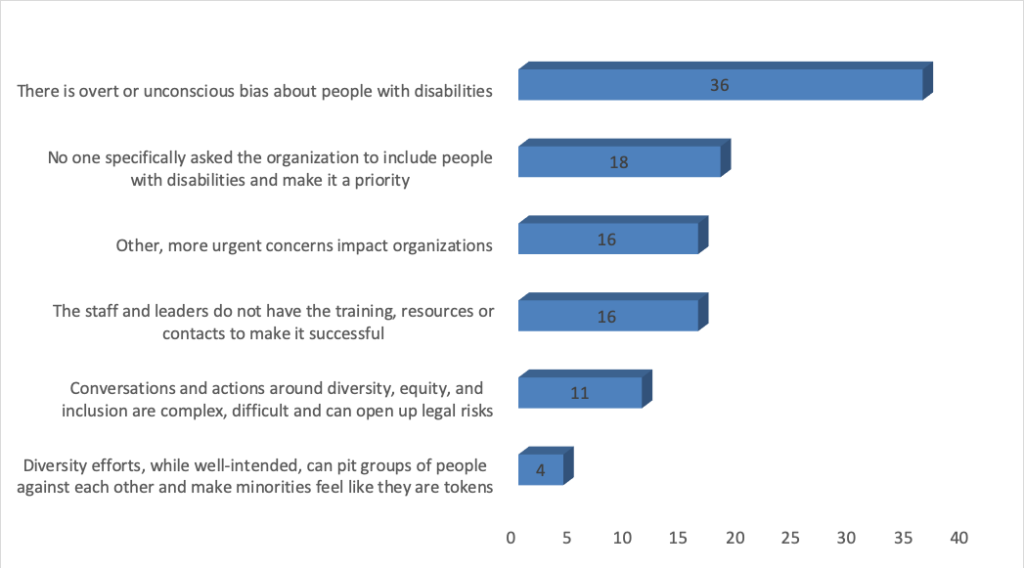
Just one-in-five respondents (20 percent) say their groups ask members or grantees to intentionally include people with disabilities. Only 28 percent of respondents said their organizations ask grantees or members if their staff or board are representative of the populations they serve and of those, fewer than half (47 percent) even include disability as part of that query.
Open-Ended Survey Responses:
“When funders start to talk about it and ask about it, that drives nonprofits to pay more attention more quickly.”
“There needs to be more advocacy for the issue as a component of DEI.”
“[We need] funders who understand what is needed and are willing to help.”
“If grantor organizations required information on inclusion (or, even better, minimum inclusion rates), nonprofits would focus attention and effort on this issue.”
“Boards and major donors must lead the way to make this a priority.”
Interview Excerpt:
“There’s a lot of funder interest in physical conditions like vision and hearing and mobility and also the psychological conditions that affect the status of young children. So that’s definitely part of their mission–there’s a lot of funders interested in aging and of course disability is a part of aging. … Disability is such a broad concept and covers such a wide range of conditions that you aren’t going to see any one foundation cover [it] all.”
Lack of awareness is another hurdle. People simply are not thinking about disability. Or when they do think about it, they gravitate toward potential obstacles rather than the potential for success. Despite the many ways in which disability intersects with nearly every other issue – abuse, education, employment, health care, homelessness, incarceration, literacy, etc. – few apply a disability lens to their work.
Open-Ended Survey Responses:
“I hadn’t thought much on this area of exclusion until this survey.”
“Our experience has been that there is so little exposure of people with disabilities to the general public that most people are simply ignorant.”
“It’s just something that many people do not think about, which can be exacerbated by the fact than many disabilities aren’t visible or obvious.”
“People are afraid to go down this road for fear they will mess up along the way and be sued.”
“There is fear about the cost of equipment to enable a differently-abled staff member to excel.”
“It’s difficult to add inclusion of people with disabilities on our staff because we just don’t have the resources to make accommodations.”
“There needs to be more money made available for nonprofits to support these employees. Many of us work in old buildings and to make the building accessible, there is often a massive price tag involved.”
“Nonprofits usually just scrape by as it is. Most of us don’t have surplus funds to invest in programs like this.”
“In my nonprofit experience, the primary barriers to inclusion of people with disabilities were access and resources. … There was never a lack of desire to be inclusive, there just wasn’t enough money or human resource to make the experience worthwhile or sustainable.”
2.4. Efforts and accommodations to include people with disabilities are insufficient.
Fewer than one-in-four people who work in the social sector (23 percent) say their organization makes intentional efforts to recruit people with disabilities (among foundations, it is just 14 percent). Whether for employment, internships, volunteer and/or board positions, nearly half of survey respondents (46 percent) admit their organization does nothing on this front. (Among foundation respondents, 53 percent said their organization makes no effort here.) A full quarter of all respondents (25 percent) say they are not sure if their employer actively tries to attract people with disabilities, suggesting that even if such strategies exist, they aren’t very noticeable or well-known.
Interview Excerpt:
“I don’t see a lot of folks in the sector who have self-identified as having disabilities. I certainly don’t see a lot of physical disability and I can’t think of anyone that I have met who might have other invisible disabilities, or that the person might be willing to share. You don’t see a lot of representation across the board in our day-to-day–this is just my anecdotal observation.”
Q 18. Has your organization made an intentional effort to recruit individuals with disabilities for employment, interns, volunteers and/or board positions in your organization?

If attracting people with disabilities is not a priority, then it is no surprise that providing accommodations for people with disabilities is not top of mind either. Fewer than half (41 percent) of our respondents say their organization has a process where employees, board members, or volunteers can request and receive needed accommodations to help them succeed in their roles.
Open-Ended Survey Responses:
“I suspect one barrier is the perception that finding capable, well-educated people with disabilities to fill roles is hard, or that we’ve already done what we can to seek out these populations. I think our HR department posts jobs on the ‘usual’ sites and expects that individuals with disabilities have the same opportunity and likelihood to find and access those postings. There doesn’t seem to be a deliberate and concerted effort to reach people with disabilities where they are.”
“As a disabled executive, I have had many issues with trustees and staff members who are not inclusive, do not help, and sometimes ‘doubt’ the level of my disability.”
“On the non-HR side, there is a taboo around pointing out the opportunities associated with hiring for equity and diversity. I feel like if I openly bring up the fact that we only appear to have two staff members with disabilities and that they are not in management or leadership positions (even if I do so diplomatically), I would be perceived as negative and problematic.”
“Leadership needs to step up and make a real effort, including directing HR to do more targeted recruitment.”
“We need to attract more people with disabilities to apply for jobs with us. They are not on our radar.”
2.5. Convenings and communication exclude people with disabilities.
Foundations and nonprofits wield considerable power in their ability to convene and communicate. Although a sizeable majority (72 percent) say their organizations have “public and explicit” policies stating that people with disabilities cannot be denied equal opportunity to participate in services and activities, few take simple steps to make their programming truly accessible. For example, just 14 percent ensure that video content has captions for hard of hearing viewers, even though it is free and easy to do. Only 17 percent say their websites are properly set up to work with screen readers to make them accessible to those with low vision.
A majority (59 percent) say their events are always held in physically accessible spaces with accessible parking and transportation options for people with physical disabilities, but fewer than one-third (30 percent) allow participants at public events to request accommodations like sign language interpreters, live captioning, or food allergy alternatives.
Interview Excerpts:
“We haven’t had any requests for accommodation [and] I hope we don’t put anything out there that suggests we’re not open to it. But we haven’t very explicitly invited it.”
“A couple of years ago, we did a series of videos and they were closed captioned up on the website. So, I think we’ve tried our best to be cognizant of that and do things.”
“We will be talking with our website designer about some of the ability equity questions that you raised in the survey that had not occurred to me before.”
“We do a lot of webinars which we then record [but] I never even thought about the question is it possible for us to somehow make them captioned.”
Open-Ended Survey Response:
“Some of the questions you asked made me cringe that we hadn’t thought of it, even though the actions seem simple enough.”
Communications is another area where the social sector can do better. Even when doing so is easy, foundations and nonprofits are squandering opportunities to normalize and promote inclusion. For example, just 38 percent say their organization’s own materials (websites, marketing information, brochures) depict people with visible disabilities, such as those who use wheelchairs, white canes, or service animals. This kind of inclusion matters – it is precisely why we work with the entertainment industry to encourage more accurate portrayals of people with disabilities, including in the background.
